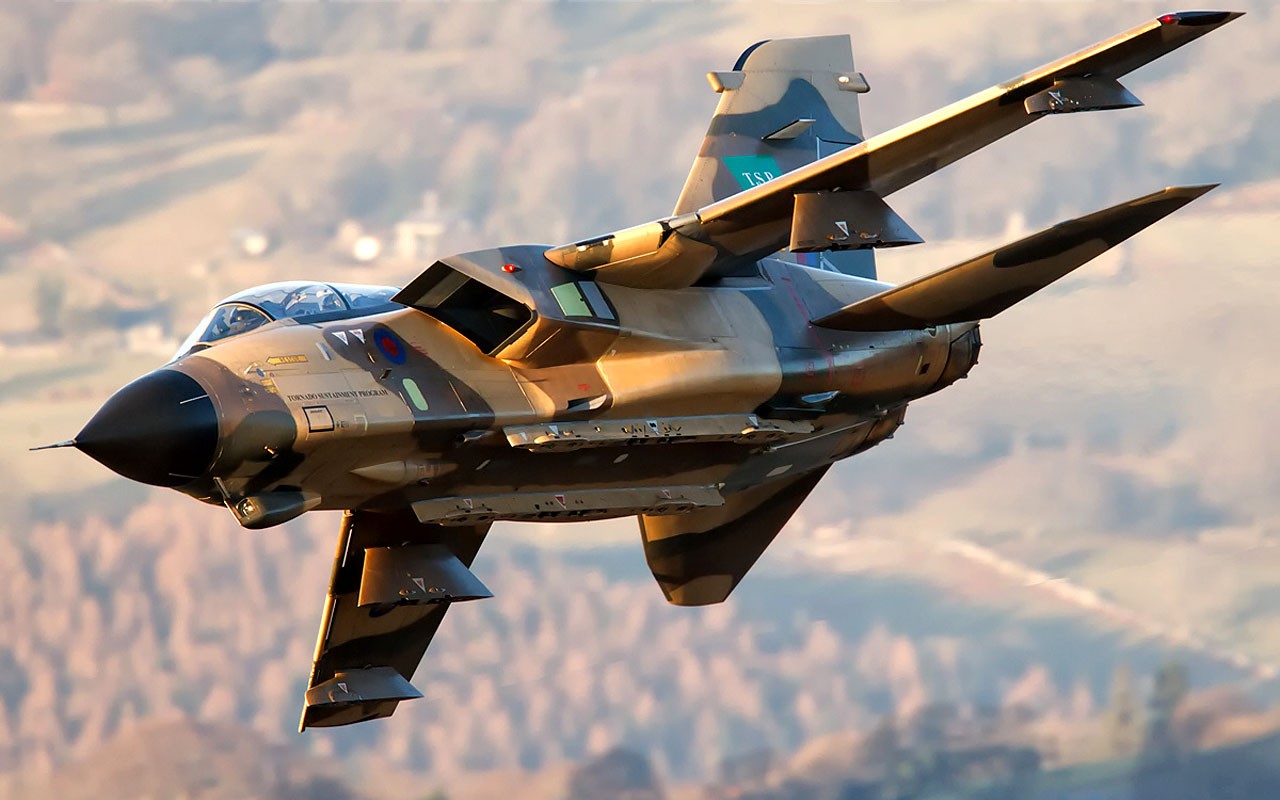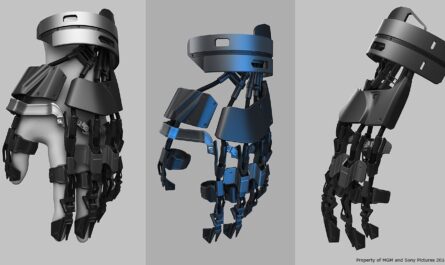Radar and Surveillance Systems
To perform these missions effectively, aircraft require sophisticated radar and sensor packages. Modern radars can detect objects from hundreds of miles away and provide detailed imagery even in low-light conditions. Radar technology aboard aircraft has advanced rapidly in recent decades. New active electronically scanned array (AESA) radars offer improved detection ranges and the ability to track more targets simultaneously compared to older radar systems. AESA uses solid-state components that produce electromagnetic waves which can be steered electronically, allowing the radar to scan an area without having to mechanically rotate antennas. This provides more flexibility than older phased array radars.
In addition to radar, aircraft carry electro-optical and infrared sensors that provide visual imagery. Infrared cameras allow pilots and sensor operators to see enemy vehicles, ships, or personnel at night or through smoke and fog. Similar to how night vision goggles work, infrared detects heat signatures to produce clear pictures in low-light environments. Synthetic aperture radar uses signal processing techniques to generate high-resolution ground maps even when clouds are present. Together, integrated suites of radars, cameras, and other sensors allow aircraft to closely monitor battlefields, potential threats, and areas of interest below. The data collected helps military commanders gain vital intelligence and situational awareness.
Avionics and Computer Systems
Modern Military Aircraft rely heavily on advanced avionics, computers, and software to perform their missions. Onboard computer and processing systems have gotten exponentially more powerful in recent decades, enabling new capabilities. Sophisticated fly-by-wire control systems replace mechanical linkages, allowing aircraft to safely perform maneuvers that push the boundaries of flight. Digital cockpits have largely replaced analog gauges and dials with large multi-function displays. Pilots interact with touchscreen interfaces and helmet-mounted displays rather than physical switches and buttons.
The core of any modern military aircraft is its mission computer and suite of processors. These systems integrate data from onboard sensors, offboard data links, and weapons. Using powerful software, they enable functions like autonomous take-off and landing, autonomous airborne surveillance missions, threat detection fusion, and even limited autonomous engagement of enemy targets. Advanced avionics are also critical for network-centric warfare concepts. Via data links, aircraft share targeting data, radar mapping, and other information with each other as well as ships, ground troops, and command centers. This collaboration increases situational awareness and synchronization across all forces. Avionics and computing continue advancing, pushing aircraft to have fully autonomous mission capabilities in the future.
Propulsion Developments
While pilots still control aircraft, new propulsion technologies are changing the fundamentals of flight. Jet engines generate radically more thrust than propeller aircraft. Alternative propulsion methods like supersonic ramjets reduce the need for moving engine parts. Turboprops offer a sweet spot between jet performance and fuel efficiency, and distributed electric propulsion concepts promise increased safety. Hypersonic flight presents immense engineering challenges. No mater the propulsion method, all are optimized for extreme speeds and maneuverability.
Advancing aircraft engine designs focuses on increasing thrust while improving fuel efficiency. Newer engines burn fuel more completely at higher compression ratios. Geared turbofan engines recovery energy lost during bypass stages, lowering fuel burn. Hybrid electric aircraft use electric motors and generators to reduce noise and emissions. Distributed electric propulsion places multiple smaller engines across wings for control redundancy. Scramjet designs aim to sustain combustion for sustained hypersonic flight. Such advances translate airpower range, payload, and mission endurance. Ongoing research includes more efficient turbofan concepts, high power density electric motors, and compact fusion micro-reactors for micro-air vehicles.
Stealth and Undetectability
Among the most advanced areas of military aircraft technology is stealth and survivability. Stealth aircraft use shaping, radar-absorbing materials, and specialized coatings to minimize detectability by radar systems. Careful shaping of aircraft surfaces scatters and reflects radar waves away from the source. Radar absorbent composites and coatings trap radar energy within surfaces rather than reflecting it back. Exhaust ports place engine plumes in line with the body to reduce infrared emissions. Even onboard electronics are designed not to emit detectable electromagnetic signals.
Coatings, paints, and structural materials continue evolving to optimize stealth. Modern stealth aircraft shapes deflect radar waves in precise geometries. Fifth generation fighters like the F-22 and F-35 use internal weapons bays to minimize impacts on radar cross section. Some experimental aircraft concepts propose radar-invisible designs and active cancellation of electromagnetic signatures. Countering newer AESA radars drives development of radar-absorbing structures, coatings tuned to multiple frequencies, and radar-evading flight control optimization. As threat systems improve, maintaining an undetectable profile demands constant innovation.
In conclusion, cutting edge military aircraft demonstrate incredible feats of aerospace engineering. Advanced technologies for sensors, avionics, propulsion and survivability continuously push the capabilities of aircraft. Radar, computers, stealth and other innovations allow forces to dominate skies and battlespaces. These remarkable machines symbolize mankind’s ability to achieve what once seemed impossible through perseverance and scientific progress. Continued research and development ensures military aviation remains at the forefront.
Note:
1. Source: Coherent Market Insights, Public sources, Desk research
2. We have leveraged AI tools to mine information and compile it




